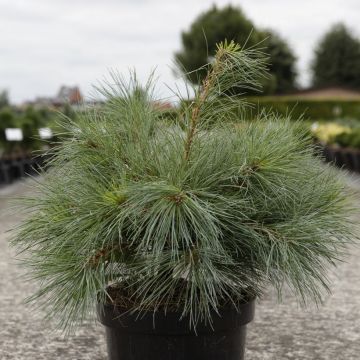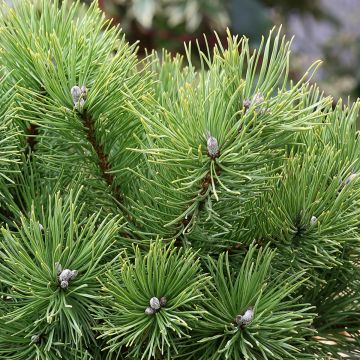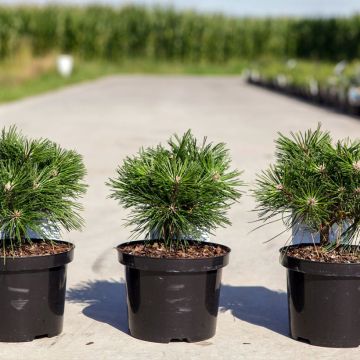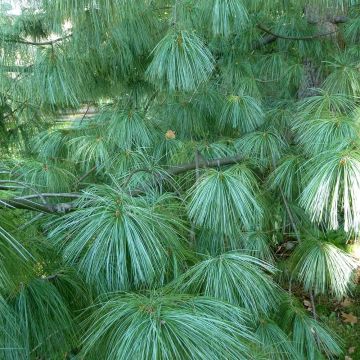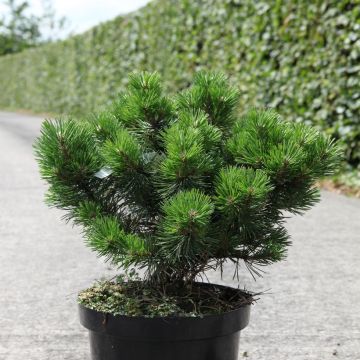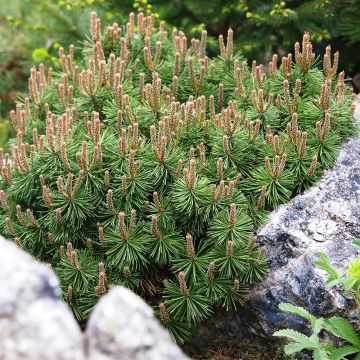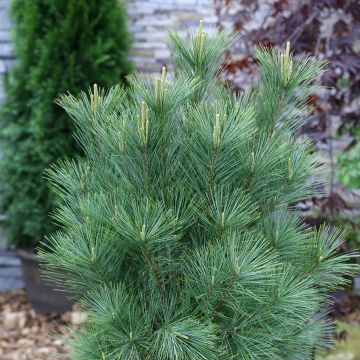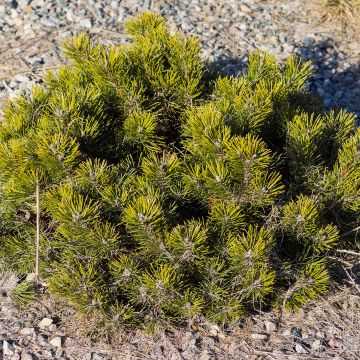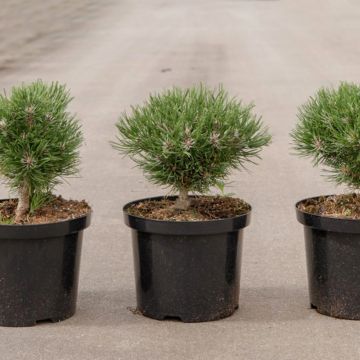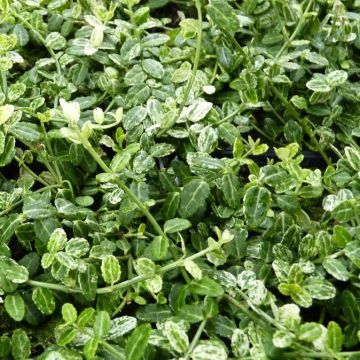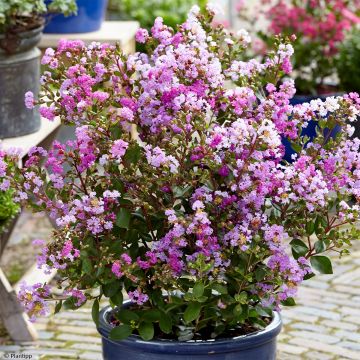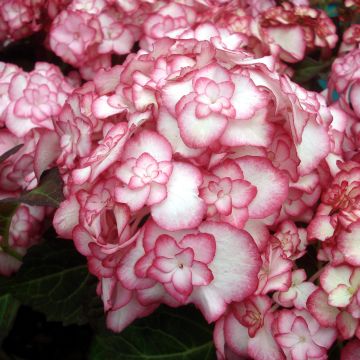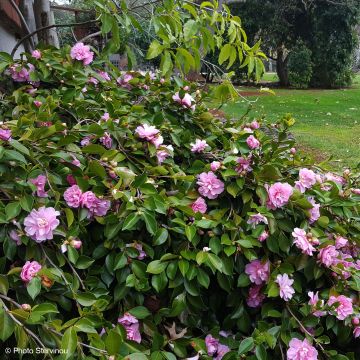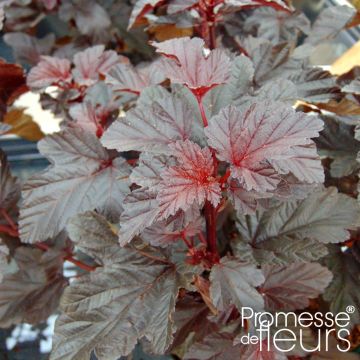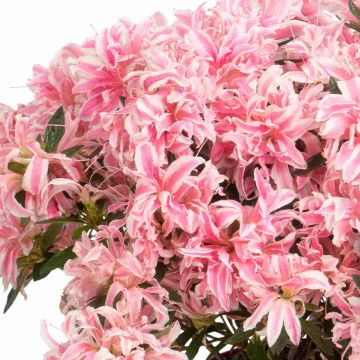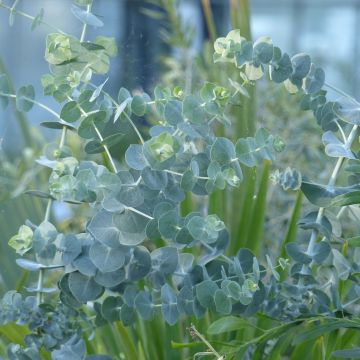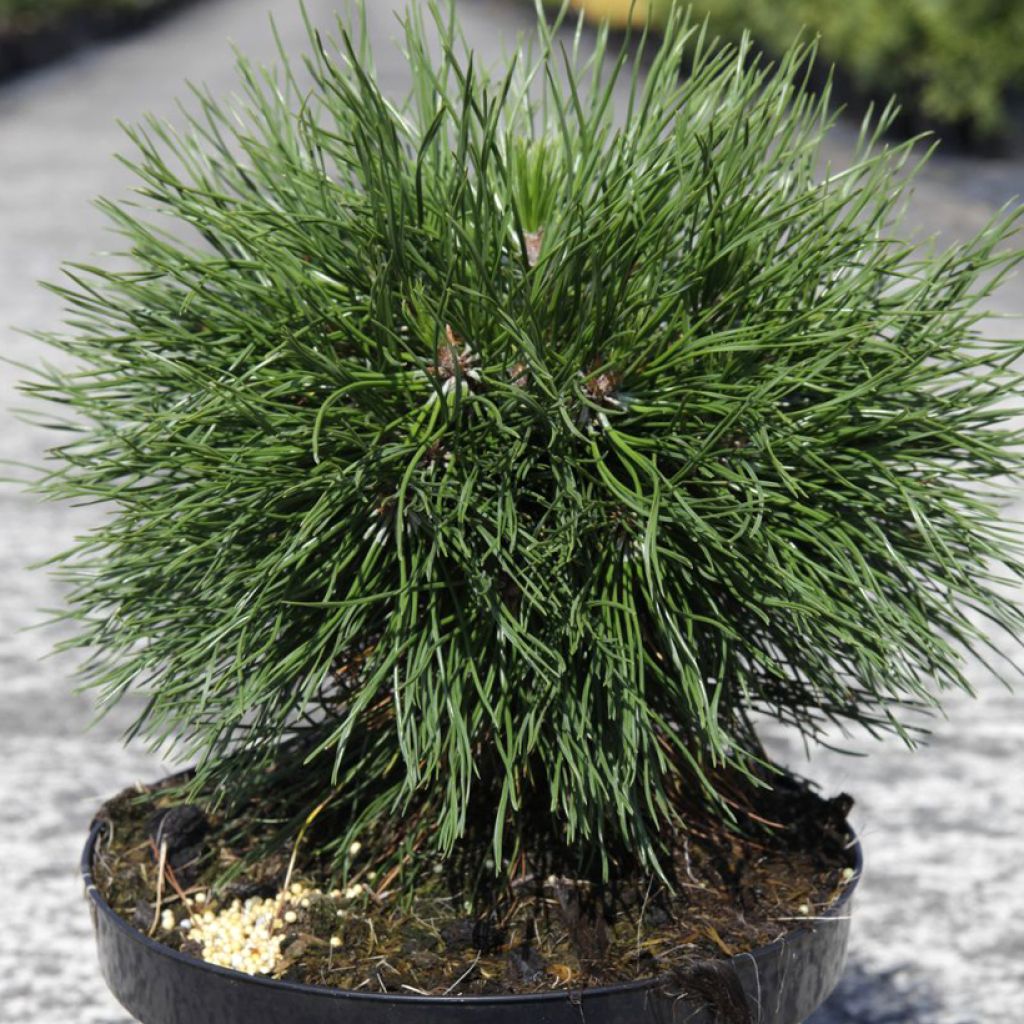

Pinus mugo Varella - Dwarf Mountain Pine
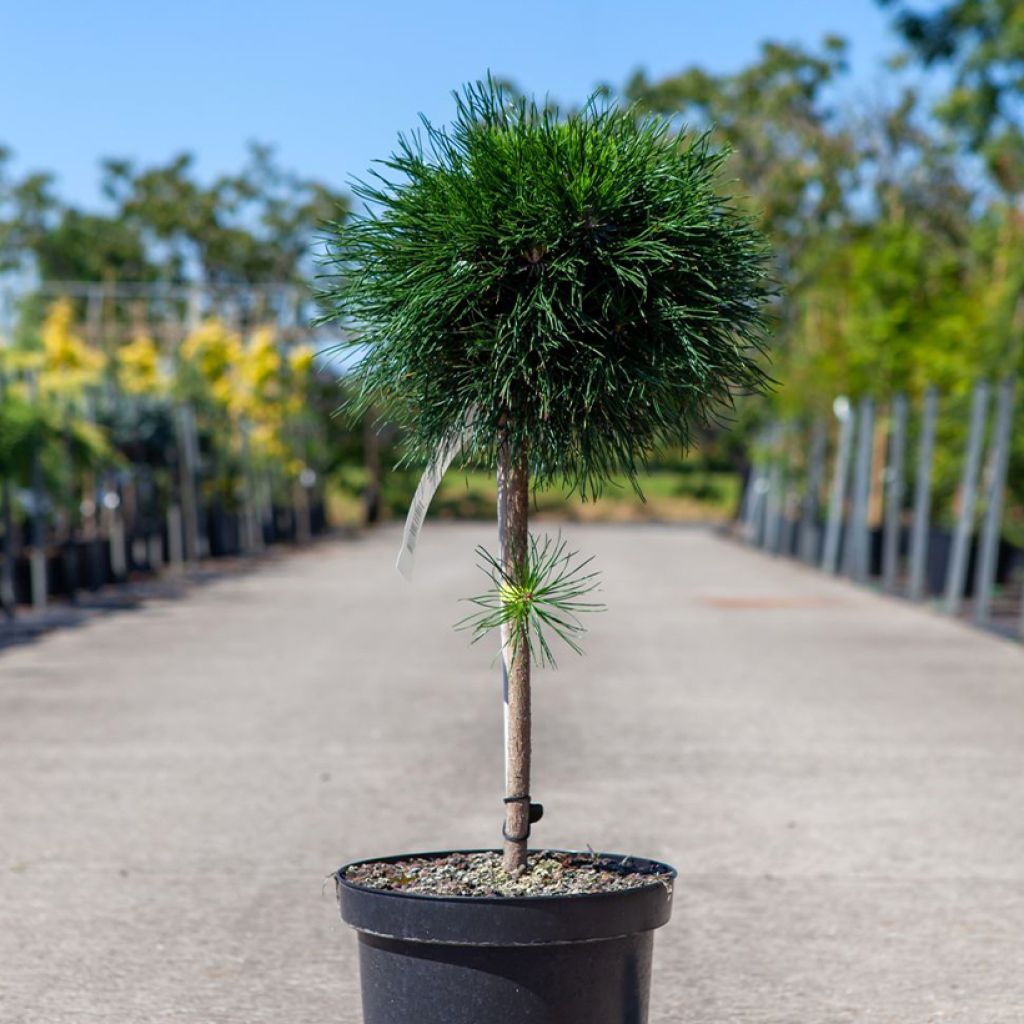

Pinus mugo Varella - Dwarf Mountain Pine
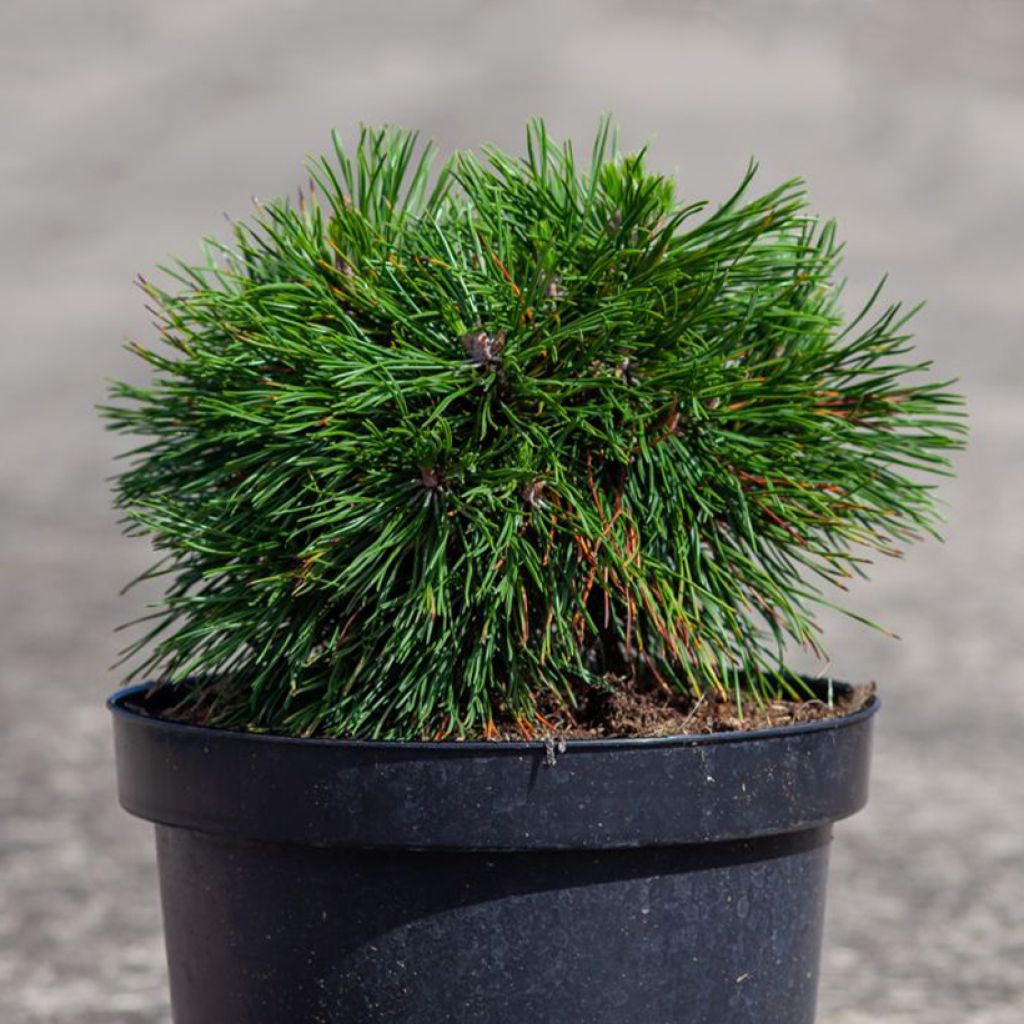

Pinus mugo Varella - Dwarf Mountain Pine
Pinus mugo Varella - Dwarf Mountain Pine
Pinus mugo Varella
Dwarf Mountain Pine, Swiss Mountain Pine, Mugo Pine
This item cannot be shipped to the selected country
Delivery charge from €5.90
Delivery charge from €5.90
Delivery to Corse prohibited
More information
Schedule delivery date,
and select date in basket
This plant carries a 24 months recovery warranty
More information
We guarantee the quality of our plants for a full growing cycle, and will replace at our expense any plant that fails to recover under normal climatic and planting conditions.
From €5.90 for pickup delivery and €6.90 for home delivery
Express home delivery from €8.90.
From €5.90 for pickup delivery and €6.90 for home delivery
Express home delivery from €8.90.
Delivery to Corse prohibited: UE law prohibits the import of this plant from mainland France to Corse as part of the fight against Xylella fastidiosa. Please accept our sincere apologies.
More information
Does this plant fit my garden?
Set up your Plantfit profile →
Description
The Pinus mugo 'Varella' is a dwarf form of mountain pine with particularly decorative foliage. Its light green needles are long and slightly undulate, giving it a charmingly tousled appearance. It has a very slow growth and forms a wider than tall globular habit, resembling a cushion. Very hardy and not demanding in terms of soil, it is a plant for full sun, or possibly light partial shade, and suitable for container cultivation.
The Pinus mugo, also known as mountain pine, is an evergreen conifer from the Pineaceae family endemic to the mountains of Europe. It can be found at the subalpine level, avoiding the summer heat, from the Spanish sierras, through the high Alpine and Pyrenean massifs, to the Balkans. It only descends to an altitude of 200 m (656 ft 2 in) in central Europe. In its natural habitat, it slowly reaches a size of 3 to 4 meters (9 feet 10 inches to 13 feet 1 inches) in all directions, adopting a windswept appearance. It is a very hardy species, well adapted to the montane climate. It is also called "pin couché" (lying pine) due to its very knotty wood and often creeping branches.
The variety 'Varella' distinguishes itself from the wild species by its reduced size, its compact habit in a rounded cushion and its highly decorative foliage. This foliage is mostly composed of long light green needles measuring 7 to 8 cm (2.8 to 3.1 in), slightly undulate, alternating with some shorter needles (3 cm (1.2 in)) gathered in tufts at the ends of the branches. This relatively recent variety was introduced to the market in 1996 by a German nursery located in the locality of Varel, north of Bremen. It is a selection of Pinus mugo var. pumilo. With very slow growth, this dwarf shrub reaches a height of 70 to 80 cm (27.6 to 31.5 in) and a slightly greater width in 10 years. At maturity, it can grow up to 1.50 m (4 ft 11 in) in height, forming a large rounded cushion. This small conifer blooms around June (small yellow spikes) and then forms small cones (2 to 6 cm (0.8 to 2.4 in) long and 1.5 to 4 cm (0.6 to 1.6 in) wide), ranging in colour from light to dark brown.
This 'Varella' pine is very adaptable to different soil types, which can be acidic to calcareous, as well as moist to moderately dry. It prefers full sun but can tolerate light shade. Very resistant to cold (-30°C (-22 °F)) and wind, it is also not afraid of snow.
The 'Varella' Mountain Pine will find its place in all gardens, urban or rural, even the smallest ones, whether planted alone, in beds, or in rockeries. It can also be used in a large pot on a terrace or balcony. It works wonders in a Japanese garden, and goes well with large stones, geometric lines of pools, and masonry work. It can be combined with complementary grasses or low and spreading dwarf conifers, such as Juniperus horizontalis 'Icee Blue' with its blue foliage or with foliage as graphic as its own, like Chamaecyparis obtusa Gold Drop which displays its feathery green-yellow foliage on multiple levels. Columnar conifers can also provide contrast in terms of shape and even colour, such as Taxus baccata 'Ivory Tower' with its yellow and then cream foliage in winter.
Report an error about the product description
Pinus mugo Varella - Dwarf Mountain Pine in pictures
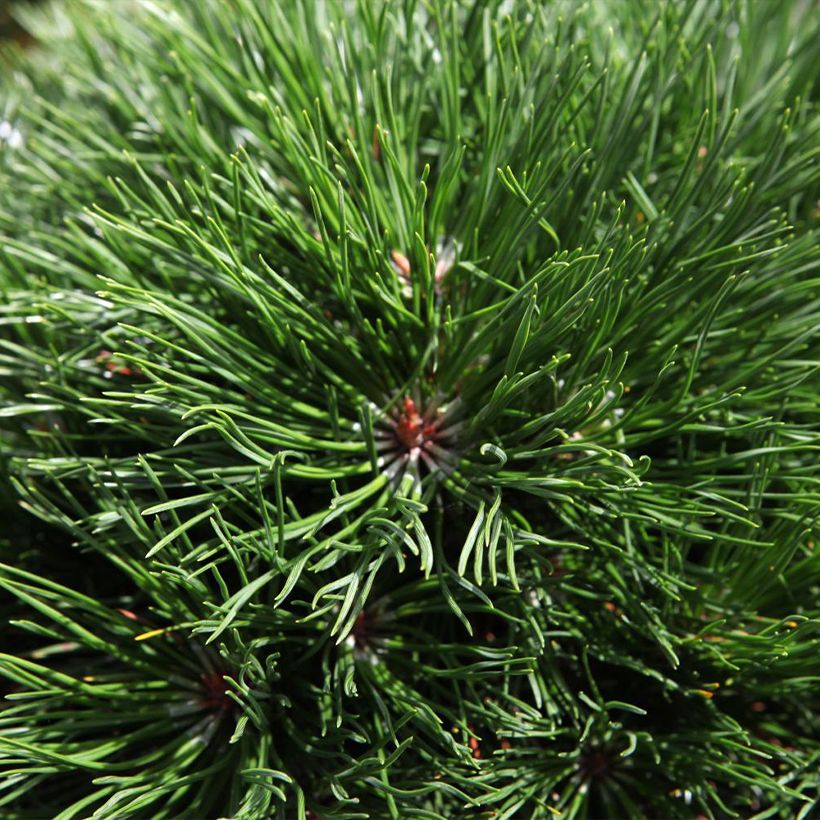

Plant habit
Flowering
Foliage
Botanical data
Pinus
mugo
Varella
Pinaceae
Dwarf Mountain Pine, Swiss Mountain Pine, Mugo Pine
Cultivar or hybrid
Other Pinus - Pine
Planting and care
The Pinus mugo 'Varella' is planted from September to November and from February to April in well-drained, moist, even poor soil, whether slightly calcareous or, on the contrary, peaty and acidic. It only fears excessively dry soils in summer and scorching temperatures. Choose a sunny location, or at worst slightly shaded in hot climates. Soak the root balls well before planting. Optionally, add organic amendment at planting and water generously in the first few years, and in case of prolonged drought. You can apply a special conifer fertilizer every year in April and weed the soil in summer. Due to its slow growth and the length of its leaves, which makes it decorative, it is best not to prune this conifer.
Planting period
Intended location
Care
-
, onOrder confirmed
Reply from on Promesse de fleurs
Shrubs for pots
Haven't found what you were looking for?
Hardiness is the lowest winter temperature a plant can endure without suffering serious damage or even dying. However, hardiness is affected by location (a sheltered area, such as a patio), protection (winter cover) and soil type (hardiness is improved by well-drained soil).

Photo Sharing Terms & Conditions
In order to encourage gardeners to interact and share their experiences, Promesse de fleurs offers various media enabling content to be uploaded onto its Site - in particular via the ‘Photo sharing’ module.
The User agrees to refrain from:
- Posting any content that is illegal, prejudicial, insulting, racist, inciteful to hatred, revisionist, contrary to public decency, that infringes on privacy or on the privacy rights of third parties, in particular the publicity rights of persons and goods, intellectual property rights, or the right to privacy.
- Submitting content on behalf of a third party;
- Impersonate the identity of a third party and/or publish any personal information about a third party;
In general, the User undertakes to refrain from any unethical behaviour.
All Content (in particular text, comments, files, images, photos, videos, creative works, etc.), which may be subject to property or intellectual property rights, image or other private rights, shall remain the property of the User, subject to the limited rights granted by the terms of the licence granted by Promesse de fleurs as stated below. Users are at liberty to publish or not to publish such Content on the Site, notably via the ‘Photo Sharing’ facility, and accept that this Content shall be made public and freely accessible, notably on the Internet.
Users further acknowledge, undertake to have ,and guarantee that they hold all necessary rights and permissions to publish such material on the Site, in particular with regard to the legislation in force pertaining to any privacy, property, intellectual property, image, or contractual rights, or rights of any other nature. By publishing such Content on the Site, Users acknowledge accepting full liability as publishers of the Content within the meaning of the law, and grant Promesse de fleurs, free of charge, an inclusive, worldwide licence for the said Content for the entire duration of its publication, including all reproduction, representation, up/downloading, displaying, performing, transmission, and storage rights.
Users also grant permission for their name to be linked to the Content and accept that this link may not always be made available.
By engaging in posting material, Users consent to their Content becoming automatically accessible on the Internet, in particular on other sites and/or blogs and/or web pages of the Promesse de fleurs site, including in particular social pages and the Promesse de fleurs catalogue.
Users may secure the removal of entrusted content free of charge by issuing a simple request via our contact form.
The flowering period indicated on our website applies to countries and regions located in USDA zone 8 (France, the United Kingdom, Ireland, the Netherlands, etc.)
It will vary according to where you live:
- In zones 9 to 10 (Italy, Spain, Greece, etc.), flowering will occur about 2 to 4 weeks earlier.
- In zones 6 to 7 (Germany, Poland, Slovenia, and lower mountainous regions), flowering will be delayed by 2 to 3 weeks.
- In zone 5 (Central Europe, Scandinavia), blooming will be delayed by 3 to 5 weeks.
In temperate climates, pruning of spring-flowering shrubs (forsythia, spireas, etc.) should be done just after flowering.
Pruning of summer-flowering shrubs (Indian Lilac, Perovskia, etc.) can be done in winter or spring.
In cold regions as well as with frost-sensitive plants, avoid pruning too early when severe frosts may still occur.
The planting period indicated on our website applies to countries and regions located in USDA zone 8 (France, United Kingdom, Ireland, Netherlands).
It will vary according to where you live:
- In Mediterranean zones (Marseille, Madrid, Milan, etc.), autumn and winter are the best planting periods.
- In continental zones (Strasbourg, Munich, Vienna, etc.), delay planting by 2 to 3 weeks in spring and bring it forward by 2 to 4 weeks in autumn.
- In mountainous regions (the Alps, Pyrenees, Carpathians, etc.), it is best to plant in late spring (May-June) or late summer (August-September).
The harvesting period indicated on our website applies to countries and regions in USDA zone 8 (France, England, Ireland, the Netherlands).
In colder areas (Scandinavia, Poland, Austria...) fruit and vegetable harvests are likely to be delayed by 3-4 weeks.
In warmer areas (Italy, Spain, Greece, etc.), harvesting will probably take place earlier, depending on weather conditions.
The sowing periods indicated on our website apply to countries and regions within USDA Zone 8 (France, UK, Ireland, Netherlands).
In colder areas (Scandinavia, Poland, Austria...), delay any outdoor sowing by 3-4 weeks, or sow under glass.
In warmer climes (Italy, Spain, Greece, etc.), bring outdoor sowing forward by a few weeks.


































